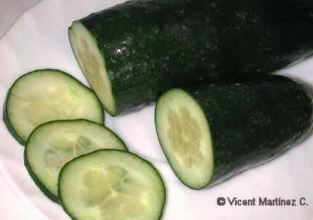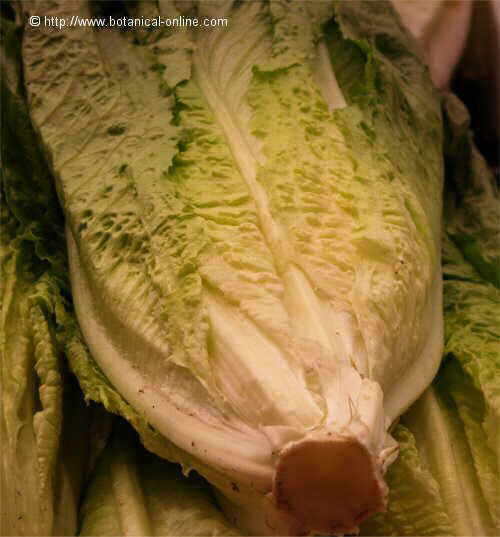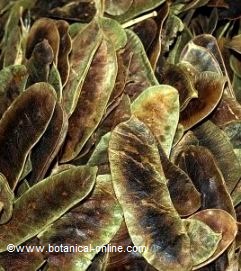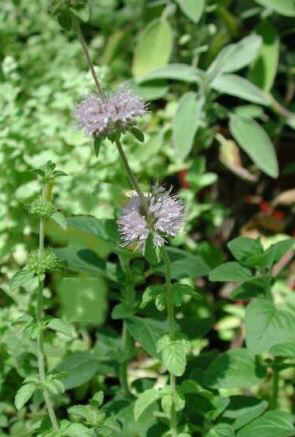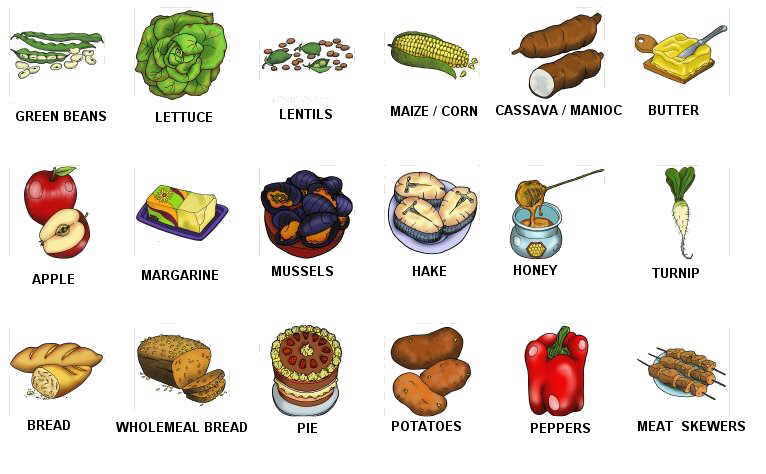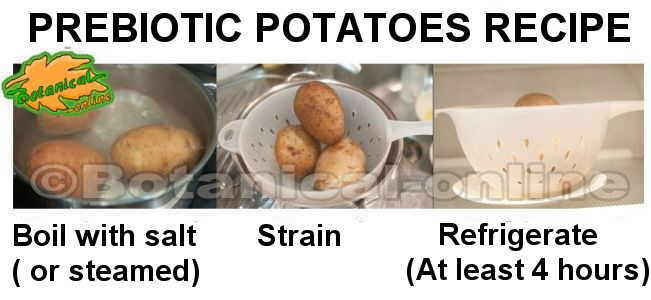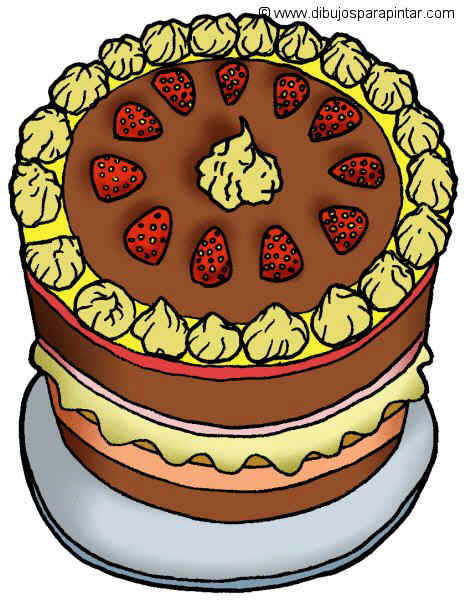Contents
Violet, edible plant
Some authors consider the leaves of these violets as edible plants, especially when they are young and tender during the winter. They can be added to raw salads or used to flavor soups.
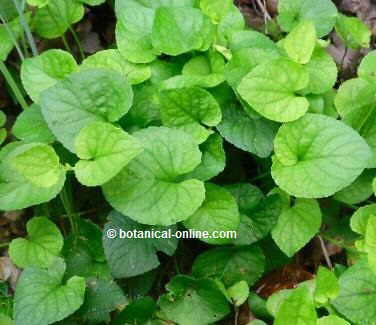
Photo of leaves of violet
Edible violet leaves
Violet leaves are used to make soups, add in salads or in different recipes with wild plants.
Young leaves have a pleasant flavor, the old ones are more bitter and are not used in salads, although they are added to soups and creams.
Due to its high mucilage content, thick soups and vegetable creams are made with them, very suitable for coughs, colds or constipation (fibers soften the irritated throat and digestive mucous membranes).
Edible violet flowers
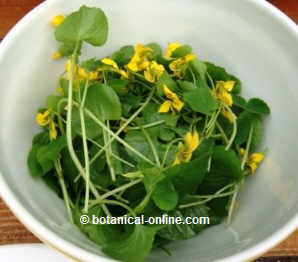
Leaves and flowers of a type of violet (Viola tricolor) prepared to be cooked.
They are used for medicinal purposes and in the kitchen as an edible flower. The flowers of the violets are used as edible flowers. They can be added fresh to the salads to give flavor and provide an exotic touch to them.
In some places they are prepared candied with sugar. In addition, these flowers are very rich in quercetin and rutin, two flavonoids with many properties.
Other uses of common violet
- Perfumery: The flowers and leaves of common violet are used to extract essential oil that is used in perfumery.
- Food industry: From the leaves of the violet flavors are extracted that the food industry uses to flavor its products, especially in the manufacture of ice cream, confectionery or confectionery products.
Toxicity and contraindications of common violet
Used in proper doses no toxicity or contraindications are observed. When taken in higher doses, it presents an emetic effect, due to its content in saponins, especially in the root.
Collecting and conservation of violet flowers and roots
Flowers are harvested in early spring and roots in early autumn. All of them should be dried in the shade and stored in a dry and dark place inside bags or glass jars.
![]() More information on violet
More information on violet
4 May, 2024


